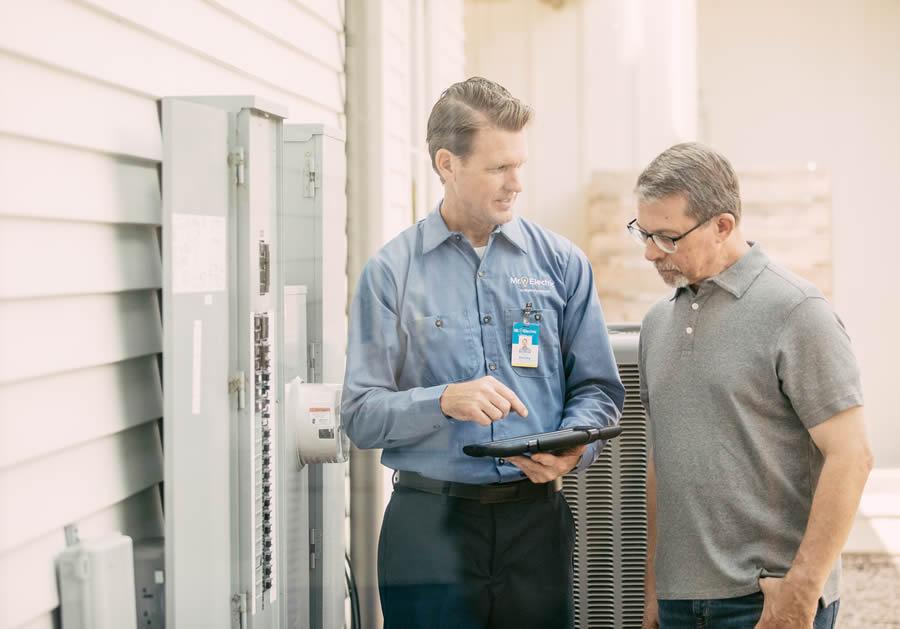Call This Sunday to Get 25$ OFF
24-Hour Emergency Electricians in San Antonio
Call this Sunday to Get 25$ OFF
Need an Electirician?
SCHEDULE SERVICE NOWCall Us Now
210-955-9600Call This Sunday to Get 25$ OFF
24-Hour Emergency Electricians in San Antonio
Call this Sunday to Get 25$ OFF
Need an Electirician?
SCHEDULE SERVICE NOWCall Us Now
210-955-9600
As property owners and managers, staying up-to-date on the latest standards and regulations in electrical safety is a top priority in maintaining a safe and efficient environment. The National Electrical Code (NEC) serves as crucial guidance, providing a framework for the safe installation and use of electrical systems and equipment.
The latest edition of the NEC includes several significant amendments aimed at addressing emerging technologies, enhancing safety measures, and ensuring compliance with evolving industry standards.
In this brief article brought to you by Mr. Electric, we run through some key changes and underscore the importance of hiring certified electricians for commercial electrical service and repair.
With the increasing adoption of renewable energy sources such as solar and wind power, ensuring safe and efficient integration into existing electrical grids is paramount. One of the notable changes in the latest NEC is Article 231, which focuses on alternative energy systems and their interconnection requirements with electric utilities.
NEC 231 sets forth guidelines and safeguards to facilitate the seamless interconnection of alternative energy systems, promoting sustainability while upholding safety standards.
Article 245 in the NEC addresses the overcurrent protection requirements for systems operating at over 1000 volts AC and 1500 volts DC. Overcurrent protection is critical for preventing electrical faults, short circuits, and equipment damage.
The integration of codes 240 and 490 with Article 245 underscores the comprehensive approach to safeguarding high-voltage electrical systems, altogether emphasizing the importance of adhering to these standards for enhanced safety and reliability.
NEC 312.10 introduces new requirements for screws or fasteners used in electrical boxes, highlighting the need for meticulous attention to detail during installation and maintenance processes. These fasteners must meet specific criteria to ensure secure installations, prevent conductor damage, and minimize safety risks.
Article 315 of the NEC focuses on medium voltage conductors, addressing requirements for cables, cable terminations, and joints in these systems. Medium voltage applications play a crucial role in various commercial and industrial settings, and adherence to NEC 315 guidelines is essential for safe and efficient operation.
Proper installation, insulation, and maintenance of medium voltage conductors are key to mitigating risks and ensuring compliance with electrical codes.
The role of certified electricians cannot be overstated, especially in light of these significant changes and the complexity of electrical systems in commercial settings.
Certified electricians possess the knowledge, skills, and expertise necessary to navigate the intricacies of the NEC, interpret code requirements accurately, and execute installations, repairs, and upgrades with precision and compliance.
The seasoned electricians at Mr. Electric are well-versed in the latest NEC amendments and work to ensure that all electrical work meets code requirements. We prioritize safety at every stage of the electrical service process and adhere to best practices, use quality materials, and implement safety protocols to protect occupants, property, and equipment.
If you’d like to hire a licensed and insured electrician, then call Mr. Electric to speak with a member of our team today. We have live representatives to answer your call or message as soon as possible.